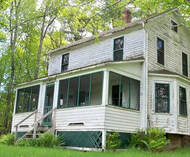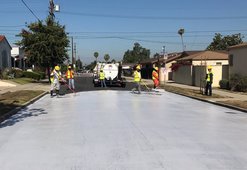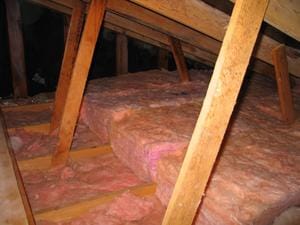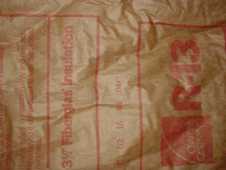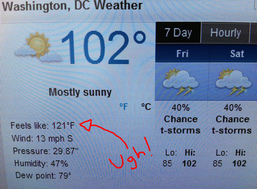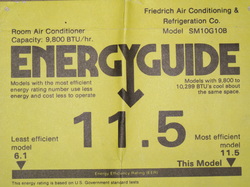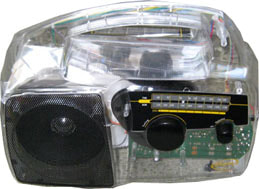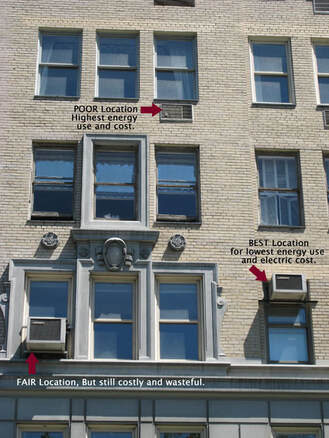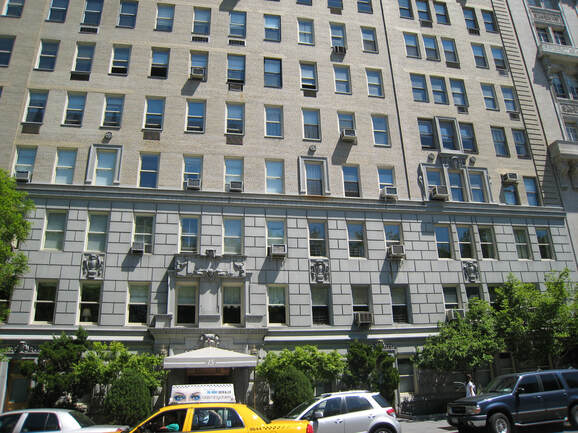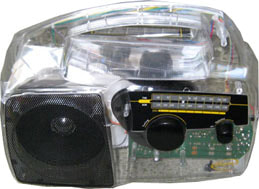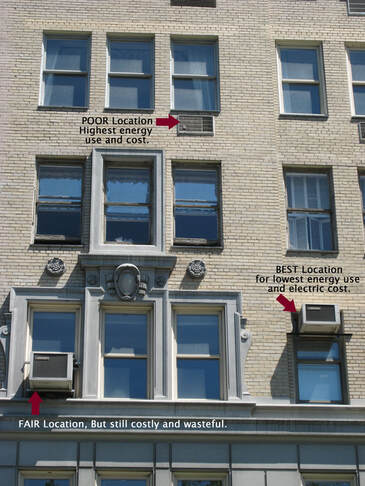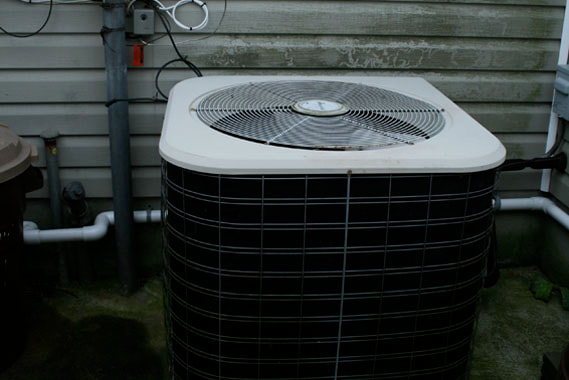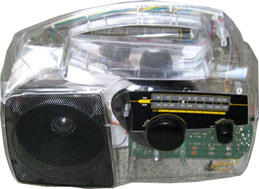
So the infamous minds of many politicians across our nation continue to do more harm than good to our environment. Multiple moves toward destroying our environment are being set up by our uneducated elitist leaders. Let us just look at a more complete evaluation of ceiling fans... This is Part Two of a Two Part Series (part one)
Making Current Ceiling Fans illegal
Facts Being Omitted:
- Current leadership has no idea how Electric ceiling fans save energy.
- Ceiling fans, or any fan, uses far less electricity than an air conditioning (AC) unit.
- Most times when a ceiling fan is in use, that means AC units are not, thus saving much more energy.
- For every hour a ceiling fan offsets the use of an AC unit, that is a greater benefit than a more efficient motor.
- More efficient motors will cause costs to rise and less people will buy.
- More people need to be encouraged to use ceiling fans more often to delay or offset the use of AC units.
- Steps should be taken to make ceiling fans more readily available with installation.
- Savings on the electric bill with ceiling fans offsetting initial use of AC units should be taught to the public.
Questions:
- Why doesn't the government offer tax credits for everyone who installs a ceiling fan?
- Would not smaller manufacturers go out of business with a mandate for more efficient motors with a few years time?
- Wouldn't the savings from a more efficient ceiling fan motor only be a few dollars per year at best, but a couple hundred dollars more to buy?
- Shouldn't the government's task be to encourage more people to buy more ceiling fans, not to discouraged them with having to buy new more expensive models?
- How can anyone justify the cost to buy when the savings do not even offer a payback on the extra cost?
- Is the payback in helping the environment? - Answer: NO, because more help is from offsetting AC use with more ceiling fans, not more expensive motors.
- Where is American ingenuity with the REAL SOLUTION - Hydrogen Fuel Cells running off of water to make clean energy on demand, such as the Fuel Cells used on our Space Shuttles since 1981?
- Therefore, every home would make their own electricity from rain water, with our own fuel cell and have no monthly bills, no pollution... but the problem with a government program like that, means no monthly utility bills and no positional power, right?
A MUST READ: Process Of Energy Progression
Bill Lauto, at GoingTrueGreen.com
Environmental Scientist
International Sustainability and Energy Consultant
Contribute your comments!

